Q: What are some manageable, bite-sized first steps a new author can take to market and promote their work, if they don't know where to start?
A: Publicity and marketing can often seem daunting for first-time authors. If you’re feeling anxious, I recommend starting by asking yourself how much time you can realistically devote to promoting your book. Lots of authors have full-time jobs outside writing and promoting their books, so it’s important to be realistic about your goals. You might also consider asking family members and friends, or even hiring an intern to help you with book promotion if you're completely swamped.
Once you’ve decided what is manageable for you, I recommend focusing on four areas: your online presence, events, reviews, and media appearances. Out of those four, I believe building an online presence is one of the most important (and thankfully, the least time consuming). If you can devote ten or fifteen minutes every day to making a social media post, writing a newsletter to send via email, updating your website, or engaging with your followers, you’ll have better luck getting people to pay attention to your events, reviews, and media appearances. A devoted audience is one of the most helpful things for succeeding at book promotion.
Q: Can you give some examples of how authors can organically build their audience?
A: I know it’s all well and good to say an audience is important for book promotion, so of course, the next logical question is: How do you build your audience?
When it comes to social media, think about what your audience would like to see. Obviously, they’re interested in you and your books, but what other content do they engage with? For instance, if you've published a children’s book about dogs, consider sharing content about your pets. Or, if you’ve written a mystery novel, your followers might be interested in what other mystery books you enjoy reading.
One of the best ways to build an audience is to engage with other authors. Other authors are in the same boat as you, and they can be great for brainstorming new publicity ideas. Other authors might also be interested in reviewing your book if you review theirs, making social media posts about your book if you post about theirs, and so on. You might also consider setting up events with other authors to draw a larger crowd.
Q: How do you suggest authors set realistic goals for their promotional efforts?
A: This comes back to considering how much time you can put into promoting your book before making grand plans—after all, you don’t want to stress yourself out! I recommend setting aside some time each day (or each week, if you’re very busy) to focus on book promotion, even if it’s only half an hour. Then, set goals for that designated time: for instance, “This week, I will submit my book to five awards,” or “I will reach out to three influencers this week to see if they will share my book with their followers.”
Once you’ve set a goal, try to stick to it. It’s easy to tell yourself that since you set the goal for yourself, it's okay to let it slide, but when it comes to book promotion, perhaps nothing is more important to achieving success than dedication and persistence!

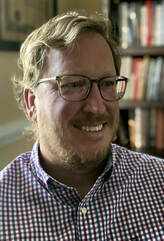
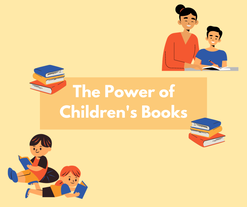
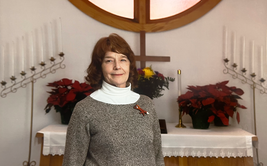
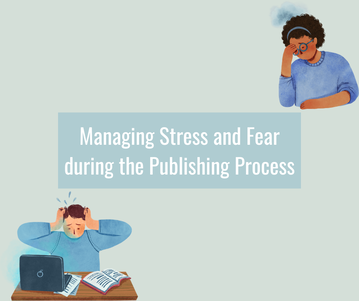
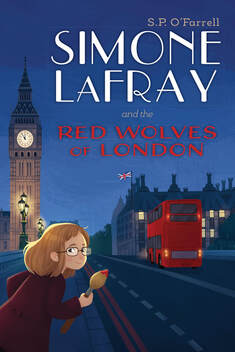



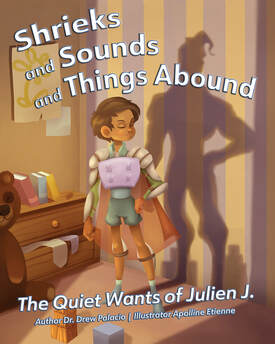

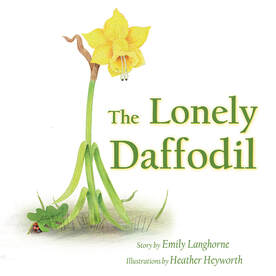


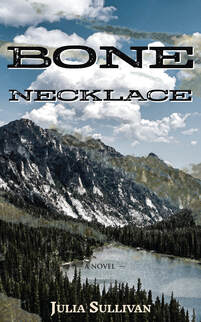

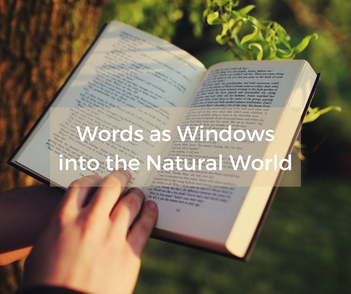

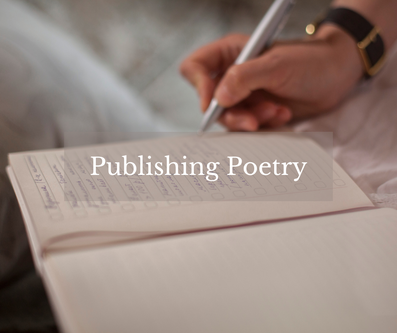
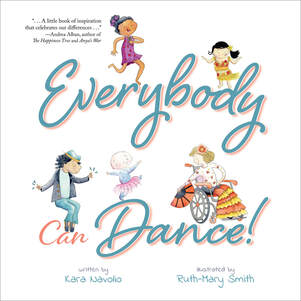
 RSS Feed
RSS Feed